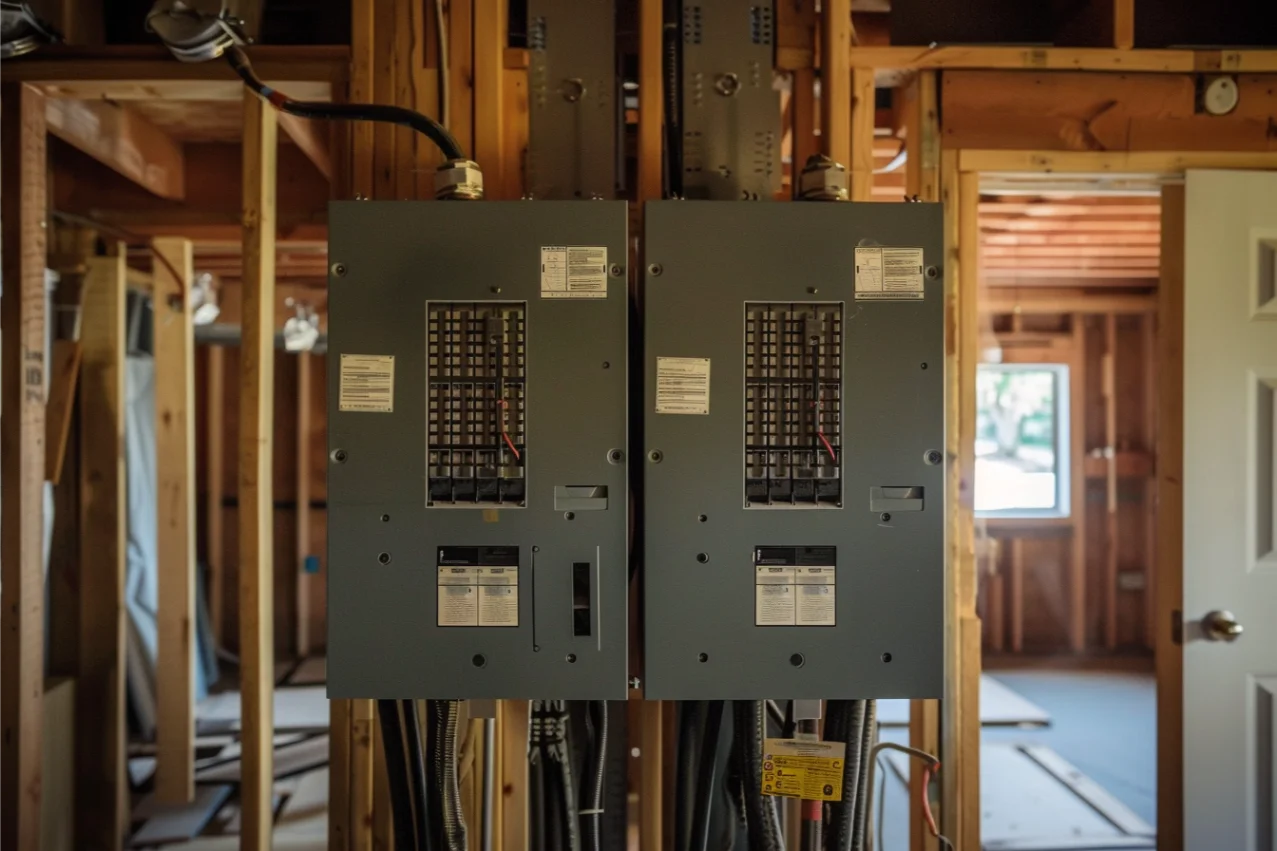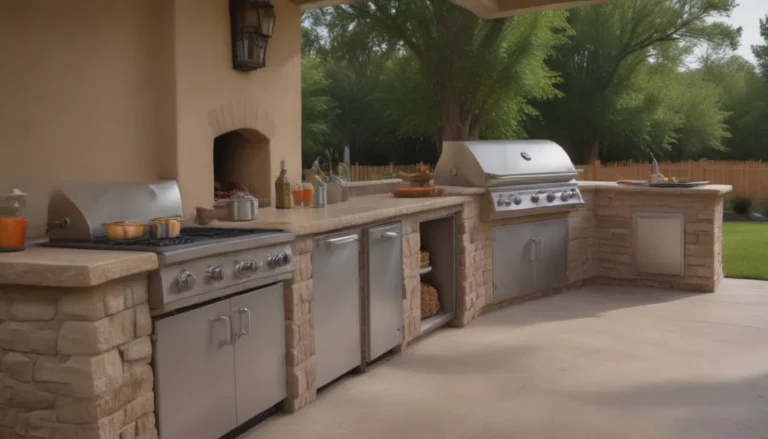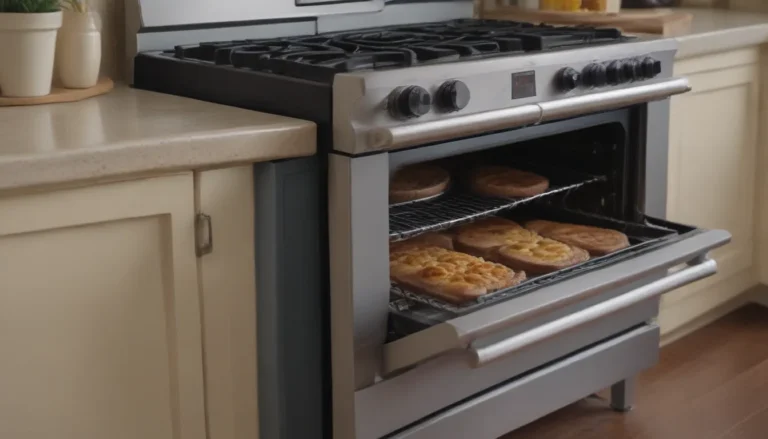Understanding Electrical Subpanels and Their Importance in Your Home

As a homeowner, it’s essential to have a basic understanding of your home’s electrical system. One crucial component of this system is the electrical subpanel. In this comprehensive guide, we’ll dive into the world of electrical subpanels, explaining what they are, why they’re important, and how they contribute to the safe and efficient distribution of electricity throughout your home.
What is an Electrical Subpanel?
An electrical subpanel, also known as a circuit breaker subpanel or a service subpanel, is a smaller version of your home’s main electrical panel. It is typically installed in a separate location from the main panel and is used to distribute power to specific areas of your home, such as a garage, workshop, or addition.
The main electrical panel is responsible for receiving power from the utility company and distributing it to the various circuits throughout your home. However, when the main panel is located far from certain areas or when those areas require a significant amount of power, a subpanel is installed to provide a more localized distribution point.
Why are Electrical Subpanels Important?

Electrical subpanels play a crucial role in maintaining the safety and efficiency of your home’s electrical system. Here are some key reasons why subpanels are important:
- Load Distribution: Subpanels help distribute electrical loads more evenly throughout your home. By having a separate panel for specific areas, you can ensure that the main panel isn’t overloaded, which can lead to tripped breakers or even electrical fires.
- Reduced Wire Length: When a subpanel is installed closer to the area it serves, it reduces the length of wire needed to run from the main panel. Shorter wire runs result in less voltage drop, which means your appliances and devices will receive the proper amount of power to function efficiently.
- Simplified Circuit Management: Subpanels make it easier to manage and organize the circuits in your home. With a separate panel for specific areas, you can quickly identify which breaker controls which circuit, making it more convenient to perform maintenance or troubleshoot issues.
- Future Expansion: If you plan on adding new appliances, devices, or even an entire room to your home, having a subpanel in place can make the process much simpler. Instead of overloading your main panel or running long, complex wire routes, you can simply connect the new circuits to the subpanel.
How Do Electrical Subpanels Work?
An electrical subpanel receives power from the main panel through a feeder cable. This cable consists of two hot wires, a neutral wire, and a ground wire. The hot wires carry the electricity to the subpanel, while the neutral and ground wires provide a safe return path and help protect against electrical faults.
Once the power reaches the subpanel, it is distributed to the various branch circuits connected to it. Each branch circuit is protected by a circuit breaker, which is designed to trip and cut off power if the current exceeds a certain level. This helps prevent overloads, short circuits, and other electrical hazards.
Installing an Electrical Subpanel
Installing an electrical subpanel is a complex task that should only be performed by a licensed electrician. Here are the general steps involved in the installation process:
- Determine the location for the subpanel, ensuring it is easily accessible and in compliance with local building codes.
- Calculate the electrical load requirements for the area the subpanel will serve to determine the appropriate size and amperage of the subpanel and feeder cable.
- Run the feeder cable from the main panel to the subpanel location, following proper wiring techniques and safety precautions.
- Mount the subpanel securely to the wall, ensuring it is level and properly grounded.
- Connect the feeder cable to the subpanel’s main lugs, following the manufacturer’s instructions and NEC guidelines.
- Install the appropriate circuit breakers for each branch circuit and connect the corresponding wires.
- Label each circuit clearly to make future maintenance and troubleshooting easier.
- Test the subpanel to ensure it is functioning properly and that all connections are secure.
Maintaining Your Electrical Subpanel
To keep your electrical subpanel in good working condition and prevent potential hazards, it’s important to perform regular maintenance. Here are some tips for maintaining your subpanel:
- Keep it Clean: Regularly remove any dust, dirt, or debris that may accumulate on or around the subpanel. This will help prevent overheating and ensure proper ventilation.
- Tighten Connections: Over time, the connections within the subpanel may loosen due to vibrations or temperature changes. Periodically check and tighten any loose connections to prevent arcing and overheating.
- Inspect for Signs of Damage: Look for any signs of damage, such as cracked or broken components, burnt insulation, or corrosion. If you notice any damage, contact a licensed electrician to assess and repair the issue.
- Avoid Overloading: Be mindful of the electrical load you place on each circuit connected to the subpanel. Avoid plugging too many appliances or devices into a single circuit, as this can lead to overloads and tripped breakers.
- Schedule Professional Inspections: Have a licensed electrician inspect your subpanel and entire electrical system every few years. They can identify potential issues and make necessary repairs or upgrades to ensure the safety and efficiency of your home’s electrical system.
Common Electrical Subpanel Issues
Even with proper maintenance, electrical subpanels can sometimes experience issues. Here are some common problems to be aware of:
- Tripped Breakers: If a circuit breaker in your subpanel frequently trips, it could be a sign of an overloaded circuit or a faulty appliance. Identify the cause of the issue and address it promptly to prevent further problems.
- Loose Connections: Loose connections can cause overheating, arcing, and even electrical fires. If you notice any signs of loose connections, such as flickering lights or buzzing sounds, contact a licensed electrician to investigate and repair the issue.
- Corrosion: Moisture or high humidity levels can cause corrosion on the components within your subpanel. Corrosion can lead to poor electrical connections and potential hazards. If you notice any corrosion, have a professional assess and clean the affected components.
- Outdated or Undersized Subpanels: As your home’s electrical needs change over time, your subpanel may become outdated or undersized. If you find that your subpanel is no longer adequate for your electrical demands, consider upgrading to a larger or more modern unit.
Conclusion
Electrical subpanels are an essential component of your home’s electrical system, providing safe and efficient power distribution to specific areas of your property. By understanding how subpanels work, why they’re important, and how to properly maintain them, you can ensure that your home’s electrical system remains in top condition.
Remember, electrical work can be dangerous and should always be performed by licensed professionals. If you have any concerns about your electrical subpanel or notice any signs of trouble, don’t hesitate to contact a qualified electrician to assess the situation and make necessary repairs or upgrades.
By taking a proactive approach to understanding and maintaining your electrical subpanel, you can enjoy a safer, more efficient, and more reliable electrical system in your home for years to come.





